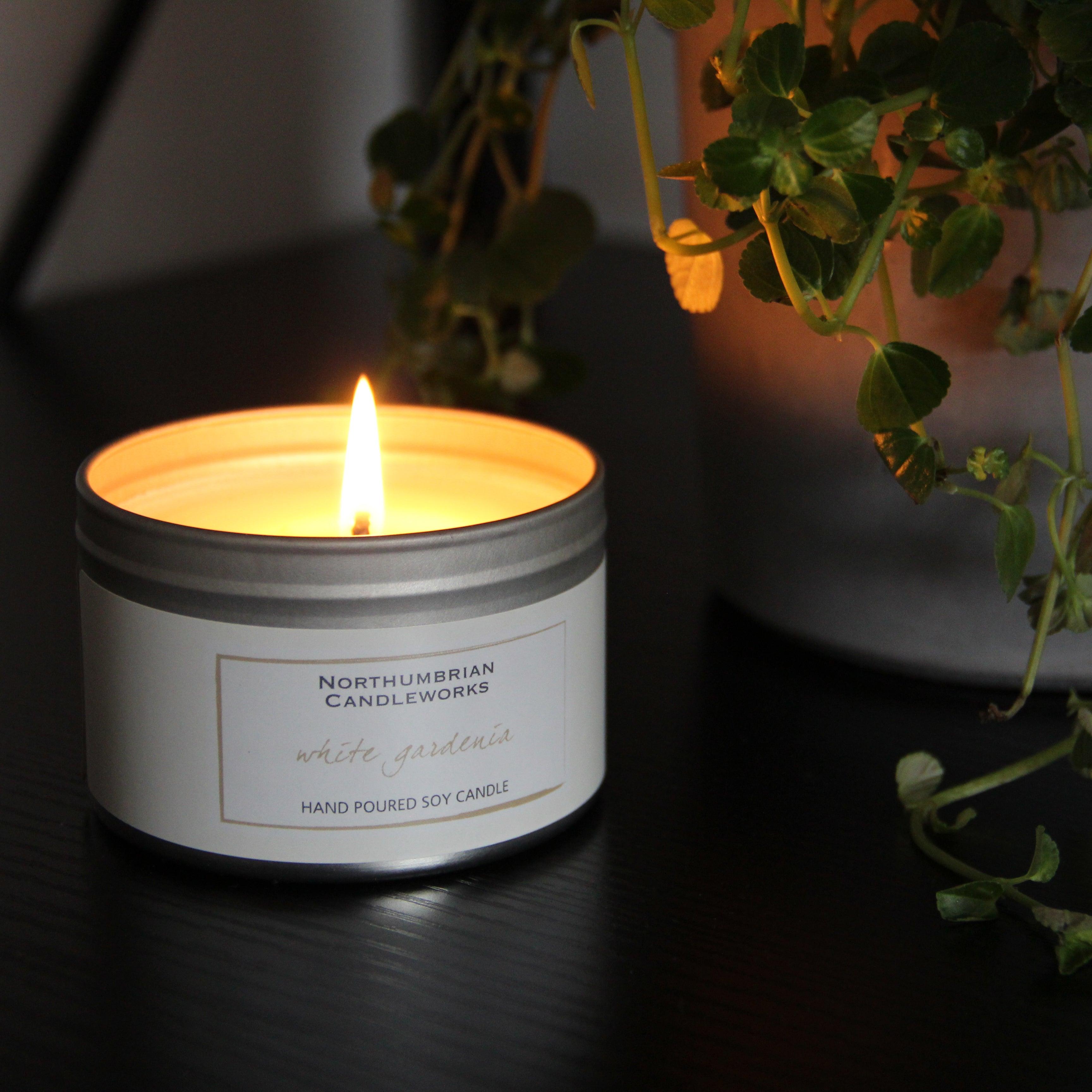From Wick to Wax: Understanding the Chemistry Behind Soy Wax Candles and Their Ecological Effect
As we illuminate our rooms with the cozy glow of candle lights, there lies a realm of elaborate chemistry behind the seemingly straightforward act of lighting a soy wax candle. The choice between soy and paraffin wax extends beyond simple aesthetic appeals, diving into the world of ecological impact and the extremely make-up of the materials. Recognizing the molecular structure of soy wax and its combustion procedure drops light on the discharges launched into our environments. Join us as we untangle the clinical details behind soy wax candle lights and explore their ramifications on our environment.
Soy Wax Vs. Paraffin Wax
When comparing soy wax and paraffin wax for candle production, it is necessary to recognize the distinctive qualities and benefits of each product. Soy wax is an all-natural, renewable energy derived from soybean oil, making it environment-friendly and biodegradable - soy wax candles. In contrast, paraffin wax is a result of petroleum refining, which increases issues about its environmental effect and sustainability
Soy wax candles shed cleaner and release less residue contrasted to paraffin wax candles, making them a much healthier selection for indoor air quality. Furthermore, soy wax has a reduced melting factor, permitting a longer-lasting candle light that spreads fragrance extra properly. Paraffin wax, on the various other hand, tends to shed faster and much less easily, potentially releasing unsafe chemicals right into the air.
From a sustainability perspective, soy wax is preferred for its biodegradability and sustainable sourcing, lining up with the growing consumer choice for environmentally mindful products. While paraffin wax has actually been a standard choice in candle light making because of its cost and ease of use, the change towards environmentally friendly choices like soy wax is getting energy in the industry.
Chemical Composition of Soy Wax

Combustion Refine in Soy Candles
The chemical composition of soy wax straight affects the burning procedure in soy candle lights, impacting factors such as burn time, aroma release, and ecological effect. When a soy candle light is lit, the warmth from the fire thaws the wax near the wick.
The combustion efficiency of soy candle lights is affected by the pureness of the soy wax and the top quality of the wick. Additionally, soy wax candles have a reduced environmental impact compared to paraffin candles due to their eco-friendly and naturally degradable nature.

Ecological Advantages of Soy Wax

Considered a sustainable option to standard paraffin wax, soy wax uses notable environmental advantages that make it a popular choice among eco-conscious customers. Soy wax burns cleaner and creates less residue than paraffin wax, adding to better interior air high quality and reducing the demand for cleaning and upkeep. In general, the ecological benefits of soy wax align with the expanding demand for environmentally friendly and sustainable products in the market.
Recycling and Disposal Factors To Consider
Reusing and appropriate disposal of soy wax candle lights play an essential role in keeping environmental sustainability and minimizing waste in families and areas. When it comes to recycling soy wax candles, the initial step is to make sure that the candle light has burned entirely.

In terms of disposal, if recycling is not a choice, soy wax candles are naturally degradable and can be safely thrown away in most house waste systems. Nonetheless, it is always recommended to check with local recycling facilities or waste management solutions for details standards on candle disposal to make sure proper handling and environmental protection.
Conclusion
In final thought, the chemistry behind soy wax candle anonymous lights exposes their environmental benefits over paraffin wax candle lights. Soy wax, originated from soybean oil, burns cleaner and produces much less residue when contrasted to paraffin wax. The burning process in soy candle lights is much more effective, bring about a longer and extra even burn. In addition, soy wax is check here renewable and biodegradable, making it a more sustainable option for candle production. Recycling and proper disposal of soy wax candle lights better add to their environmental impact.
When contrasting soy wax and paraffin wax for candle light making, it is crucial to recognize the distinct attributes and benefits of each product (soy wax candles).Soy wax candle lights shed cleaner and give off much less residue compared to paraffin wax candles, making them a healthier option for interior air top quality.Thought about a lasting choice to standard paraffin wax, soy wax provides noteworthy ecological advantages that make it a prominent selection among eco-conscious consumers. Soy wax burns cleaner and generates much less soot than paraffin wax, contributing to better indoor air high quality and minimizing the requirement for cleansing and maintenance.In final thought, the chemistry behind soy wax candle lights exposes their environmental advantages over paraffin wax candles